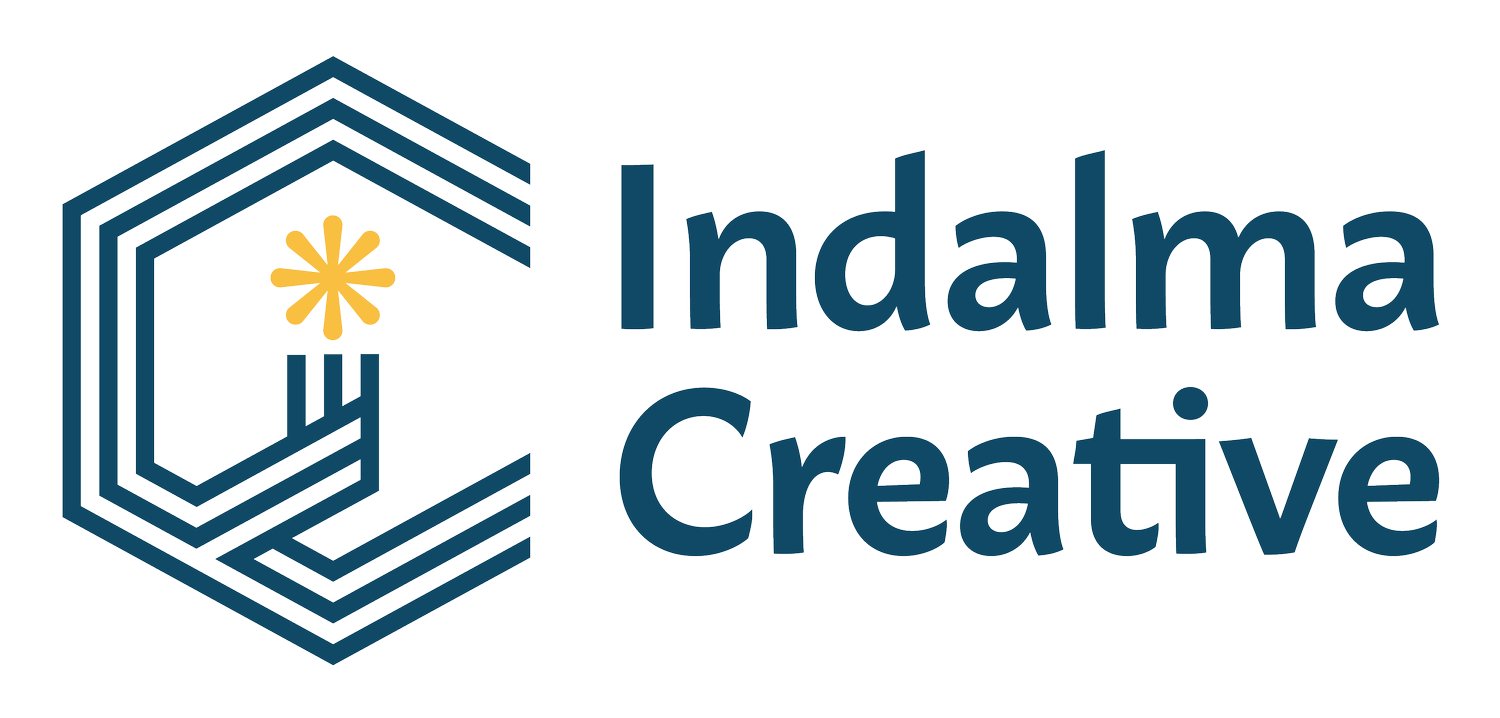Benefits vs. Features – How Benefits-driven Marketing Sells
Customers look at your features, but they buy your benefits
People are pretty good at spelling out the features of their product or service, but sometimes forget to tell their potential customer about the benefits, or – to put it another way – describe why those features matter and how they will help the buyer.
Benefits are a way of telling a deeper story about your product or service, and connecting with your customer. They show that you speak your audience’s language – that you understand the problem you’re solving for them, and the difference you’ll be making in their lives. If features are the facts about your product, benefits are the emotional stories that bring those facts to life.
Think about the difference between saying “our water bottle has triple-walled construction” and “our triple-walled construction keeps your drink cold and fresh for 24 hours.” In the first example, the reader is an observer of your product, in the second example they can see themselves in your product’s story.
Benefits-driven marketing sells
Both benefits and features give consumers important information that they need on the buyer’s journey but, ultimately, it’s the benefits of having a product or service that will compel them to purchase.
Lifestyle-based products and services understand this and they excel at benefits-driven marketing. Often what they’re selling is “aspiration” – the perceived benefits of membership in a certain group, increased happiness, or greater attractiveness. VRBO doesn’t market vacation rentals, they market joyful get-togethers with taglines like, “Find your place for together” and follow up with the benefits of their service:
Marketing that connects with your audience on an emotional level is the most effective marketing of all – it has more influence on buying decisions than facts. Emotional marketing helps to build customer loyalty and turns people into brand advocates.
One study showed that customers who have an emotional relationship with a brand have a 306% higher lifetime value than customers who are merely satisfied with a brand.
Should I always lead with my benefits?
The short answer is that it depends on your market conditions. If your market is saturated with lots of players, your features may be the thing that makes you stand out to a consumer who already understands the benefits of your product or service.
Take the meal kit market – if you’re a local business looking to compete against the big national players, it’s your features that are going to have the most interest for your potential clients – they already know about the time-saving convenience of meal kits. You’ll still have to mention your benefits, but you’ll probably lead with the features that differentiate you, followed by the benefits that make you unique – just like 2 Guys With Knives do.
If you occupy a niche market where your product or service is relatively unique, your marketing will probably feature an even mix of both features and benefits while you educate potential customers. Take Vancouver’s Vessi, for example, they lead with their feature, “100% Waterproof Sneakers”, but follow up with the benefits of that in their body copy, testimonials, and lifestyle videos.
Or, Delta BC company Matt Concrete, which makes concrete overlay panels that can be used in places where traditional concrete installations won’t work, like multi-storey fireplace surrounds:
Your strategy for your product may even change over time. When Apple first introduced the iPod in October 2001, they led with the benefits of its 5GB hard drive using the campaign slogan “1,000 songs in your pocket.” Now, in a saturated phone market with frequent new product releases, they use features-driven marketing to differentiate their product, both from the competition and from their previous versions.
Boost your benefits with proof
Describing your benefits doesn’t automatically offer proof of your product or service’s value, but adding real-life stories, statistics, and showing the product or service in use does. The beauty industry uses this tactic to differentiate their products in a saturated market – could you do the same with your product?
Where to start?
How far you need to go to spell out your benefits differs – some benefits are implied and your audience gets it. If you’re marketing a car in a print ad, simply saying “4 cameras on the vehicle give a 360˚ view of everything around you” is enough. You don’t need to add, “…so you don’t run over your kid’s bike”. (However, if you were filming a commercial, you’d show the car stopping short of the bike for added emotional impact.)
At the same time, never assume that people will automatically understand the benefits of your features – consumers are busier than ever and highly distracted. Connect the dots for them and tell them a story they can feel part of. Put yourself in your customer’s shoes and ask yourself, “Why would I want/use this?”
To create benefits-driven marketing content, use this handy brainstorming tool: insert the words “which” or “so that” after a feature, and then fill in the blank. Here’s what that looks like using the earlier example of our client, Matt Concrete:
Obviously, you don’t have to stop with just two benefits. Keep going until you’ve fully answered the most important customer question of all: “What’s in it for me?” And if you need help communicating the benefits of your product or service – give us a call. We’ve also got a version of the Features to Benefits brainstorming table above that you can download with the below link:
Looking for more ideas from StudioTalk?
StudioTalk is our free, quarterly newsletter full of practical design, branding, and customer relationship-building ideas to help you grow your business.










